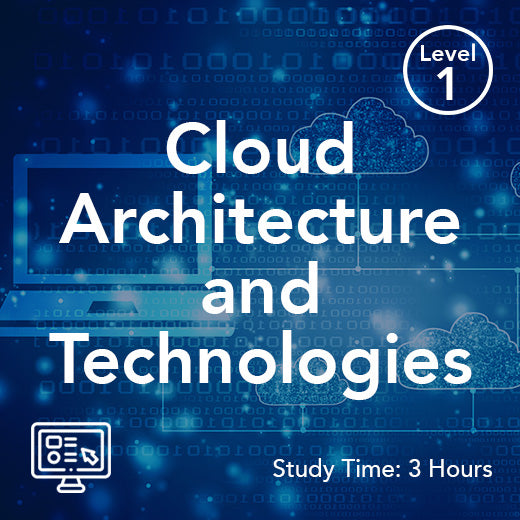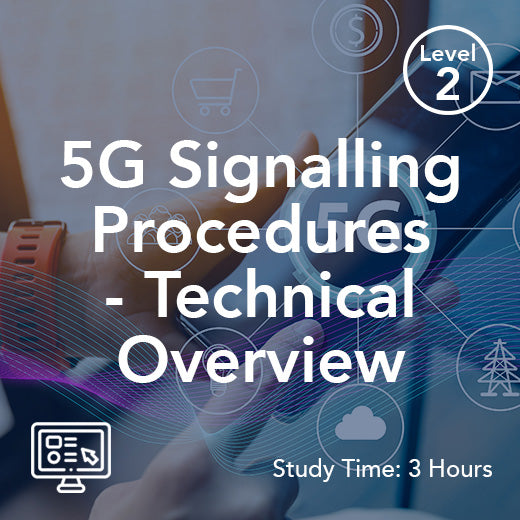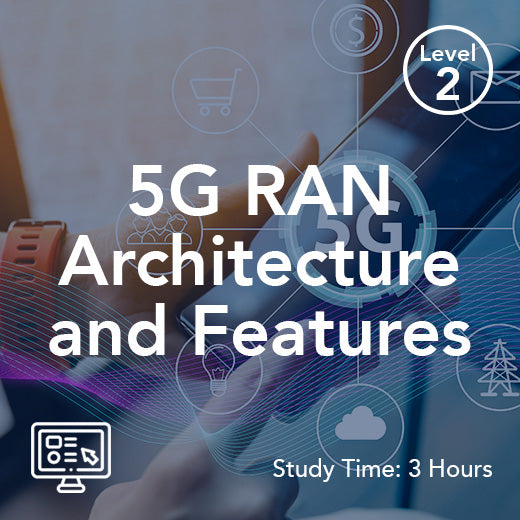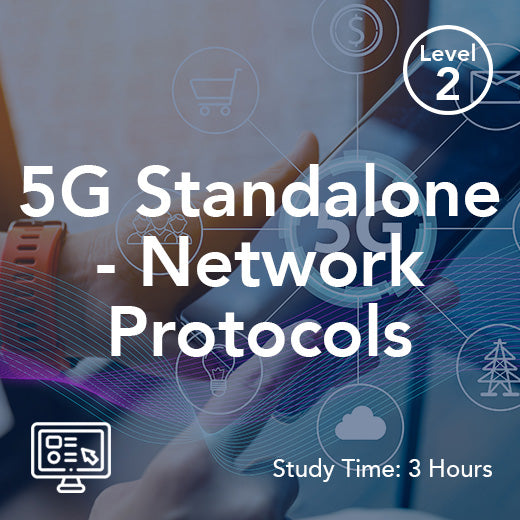What is slicing isolation in 5G?
- , by Paul Waite
- 3 min reading time
Slicing isolation in 5G is a crucial concept that ensures the security, reliability, and efficiency of network slicing in the fifth generation of mobile networks. As 5G technology continues to evolve and expand, network slicing has emerged as a key feature that enables operators to create multiple virtual networks within a single physical network infrastructure. These virtual networks, known as slices, are designed to meet the diverse and specific requirements of different applications, services, and users.
Network slicing allows operators to allocate resources dynamically and efficiently, ensuring that each slice receives the necessary bandwidth, latency, and quality of service to deliver optimal performance. This flexibility and customization are essential for supporting a wide range of use cases, from ultra-reliable low-latency communication for mission-critical applications to massive machine-type communication for the Internet of Things.
However, as network slicing becomes more prevalent in 5G networks, the issue of slicing isolation becomes increasingly important. Slicing isolation refers to the ability to separate and protect the resources, traffic, and data of each network slice from other slices, ensuring that they operate independently and securely. Without proper isolation mechanisms in place, there is a risk of interference, congestion, and security breaches between slices, which can compromise the performance and reliability of the network as a whole.
There are several key aspects of slicing isolation in 5G that operators must consider to ensure the success of network slicing deployments. These include:
1. Virtualized infrastructure: Network slicing relies on virtualization technologies to create and manage multiple slices within a shared physical network infrastructure. By leveraging virtualized resources, operators can allocate and scale resources dynamically to meet the changing demands of each slice. However, it is essential to implement strict isolation mechanisms at the virtualization layer to prevent unauthorized access and interference between slices.
2. Network slicing architecture: The architecture of network slicing plays a critical role in ensuring slicing isolation. Operators must design and deploy slicing-aware network elements, such as virtualized network functions (VNFs) and software-defined networking (SDN) controllers, that can enforce isolation policies and manage traffic flows between slices. By segmenting the network into logical domains, operators can isolate the resources and traffic of each slice, preventing cross-slice interference and ensuring predictable performance.
3. Security and privacy: Security is a top priority in 5G networks, especially when it comes to network slicing. Operators must implement robust security measures, such as encryption, authentication, and access control, to protect the data and communications of each slice from unauthorized access and interception. Privacy concerns are also paramount, particularly in slices that handle sensitive or personal information, such as healthcare or financial data. Operators must ensure that slicing isolation mechanisms comply with data protection regulations and industry standards to safeguard user privacy.
4. Quality of service: Slicing isolation is essential for maintaining the quality of service (QoS) guarantees of each network slice. By isolating the resources and traffic of each slice, operators can prevent congestion, latency spikes, and performance degradation that can impact the user experience. QoS-aware scheduling and resource allocation algorithms can help optimize the allocation of resources across slices, ensuring that each slice receives the necessary bandwidth and latency to meet its service-level agreements.
In conclusion, slicing isolation is a critical aspect of network slicing in 5G that ensures the security, reliability, and efficiency of virtualized networks. By implementing robust isolation mechanisms, operators can create and manage multiple slices within a shared infrastructure, enabling them to support a wide range of applications and services with diverse requirements. As 5G networks continue to evolve and expand, slicing isolation will play an increasingly important role in enabling operators to deliver high-performance, secure, and reliable connectivity to their customers.
Network slicing allows operators to allocate resources dynamically and efficiently, ensuring that each slice receives the necessary bandwidth, latency, and quality of service to deliver optimal performance. This flexibility and customization are essential for supporting a wide range of use cases, from ultra-reliable low-latency communication for mission-critical applications to massive machine-type communication for the Internet of Things.
However, as network slicing becomes more prevalent in 5G networks, the issue of slicing isolation becomes increasingly important. Slicing isolation refers to the ability to separate and protect the resources, traffic, and data of each network slice from other slices, ensuring that they operate independently and securely. Without proper isolation mechanisms in place, there is a risk of interference, congestion, and security breaches between slices, which can compromise the performance and reliability of the network as a whole.
There are several key aspects of slicing isolation in 5G that operators must consider to ensure the success of network slicing deployments. These include:
1. Virtualized infrastructure: Network slicing relies on virtualization technologies to create and manage multiple slices within a shared physical network infrastructure. By leveraging virtualized resources, operators can allocate and scale resources dynamically to meet the changing demands of each slice. However, it is essential to implement strict isolation mechanisms at the virtualization layer to prevent unauthorized access and interference between slices.
2. Network slicing architecture: The architecture of network slicing plays a critical role in ensuring slicing isolation. Operators must design and deploy slicing-aware network elements, such as virtualized network functions (VNFs) and software-defined networking (SDN) controllers, that can enforce isolation policies and manage traffic flows between slices. By segmenting the network into logical domains, operators can isolate the resources and traffic of each slice, preventing cross-slice interference and ensuring predictable performance.
3. Security and privacy: Security is a top priority in 5G networks, especially when it comes to network slicing. Operators must implement robust security measures, such as encryption, authentication, and access control, to protect the data and communications of each slice from unauthorized access and interception. Privacy concerns are also paramount, particularly in slices that handle sensitive or personal information, such as healthcare or financial data. Operators must ensure that slicing isolation mechanisms comply with data protection regulations and industry standards to safeguard user privacy.
4. Quality of service: Slicing isolation is essential for maintaining the quality of service (QoS) guarantees of each network slice. By isolating the resources and traffic of each slice, operators can prevent congestion, latency spikes, and performance degradation that can impact the user experience. QoS-aware scheduling and resource allocation algorithms can help optimize the allocation of resources across slices, ensuring that each slice receives the necessary bandwidth and latency to meet its service-level agreements.
In conclusion, slicing isolation is a critical aspect of network slicing in 5G that ensures the security, reliability, and efficiency of virtualized networks. By implementing robust isolation mechanisms, operators can create and manage multiple slices within a shared infrastructure, enabling them to support a wide range of applications and services with diverse requirements. As 5G networks continue to evolve and expand, slicing isolation will play an increasingly important role in enabling operators to deliver high-performance, secure, and reliable connectivity to their customers.

































